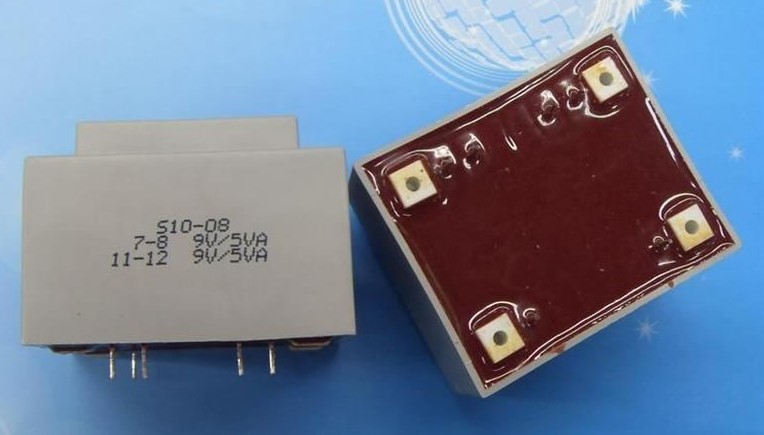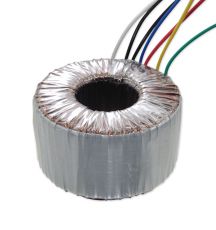NEWS
Understanding Small Power Supply Series Transformers: Key Insights for Professionals
Release time:
Dec 25,2024
Small power supply series transformers play a vital role in modern electrical systems, offering a reliable means of voltage transformation in compact designs. These transformers are specifically engineered to provide lower voltages essential for powering various electronic devices and systems. They are commonly found in applications ranging from consumer electronics to industrial equipment, making them indispensable in our daily lives.
One of the primary functions of a small power supply series transformer is to step down high voltage from the mains supply to a safer, more manageable level for electronic components. This transformation not only ensures the safe operation of devices but also improves their efficiency and longevity. By converting high voltage to a lower voltage, these transformers minimize the risk of electrical shock and reduce energy losses.
In terms of construction, small power supply series transformers typically consist of a core made from magnetic material, which is crucial for efficient magnetic flux transfer. The winding coils wrapped around the core are responsible for creating the electromagnetic field needed for voltage transformation. The design of these transformers can vary, with options ranging from toroidal to laminated cores, each having its own set of advantages in terms of size, efficiency, and heat dissipation.
When selecting a small power supply series transformer, it’s essential to consider several parameters. Key specifications include the turns ratio, which determines the voltage output relative to the input, and the power rating, which indicates the maximum load the transformer can handle. Additionally, factors such as efficiency, thermal performance, and electromagnetic interference (EMI) should also be taken into account to ensure optimal performance for specific applications.
Small power supply series transformers are increasingly being adopted in renewable energy applications, such as solar power systems, where they help manage the conversion and distribution of energy. Their compact size and efficiency make them suitable for integration into power supply units that require minimal space while maintaining high performance.
In conclusion, small power supply series transformers are critical components in the electrical and electronic industries. Their ability to safely and efficiently step down voltage makes them essential in various applications, enhancing both the safety and functionality of devices and systems. For professionals in the field, understanding the operational principles and selection criteria of these transformers is crucial for optimizing designs and ensuring reliable performance in their projects.
One of the primary functions of a small power supply series transformer is to step down high voltage from the mains supply to a safer, more manageable level for electronic components. This transformation not only ensures the safe operation of devices but also improves their efficiency and longevity. By converting high voltage to a lower voltage, these transformers minimize the risk of electrical shock and reduce energy losses.
In terms of construction, small power supply series transformers typically consist of a core made from magnetic material, which is crucial for efficient magnetic flux transfer. The winding coils wrapped around the core are responsible for creating the electromagnetic field needed for voltage transformation. The design of these transformers can vary, with options ranging from toroidal to laminated cores, each having its own set of advantages in terms of size, efficiency, and heat dissipation.
When selecting a small power supply series transformer, it’s essential to consider several parameters. Key specifications include the turns ratio, which determines the voltage output relative to the input, and the power rating, which indicates the maximum load the transformer can handle. Additionally, factors such as efficiency, thermal performance, and electromagnetic interference (EMI) should also be taken into account to ensure optimal performance for specific applications.
Small power supply series transformers are increasingly being adopted in renewable energy applications, such as solar power systems, where they help manage the conversion and distribution of energy. Their compact size and efficiency make them suitable for integration into power supply units that require minimal space while maintaining high performance.
In conclusion, small power supply series transformers are critical components in the electrical and electronic industries. Their ability to safely and efficiently step down voltage makes them essential in various applications, enhancing both the safety and functionality of devices and systems. For professionals in the field, understanding the operational principles and selection criteria of these transformers is crucial for optimizing designs and ensuring reliable performance in their projects.


















